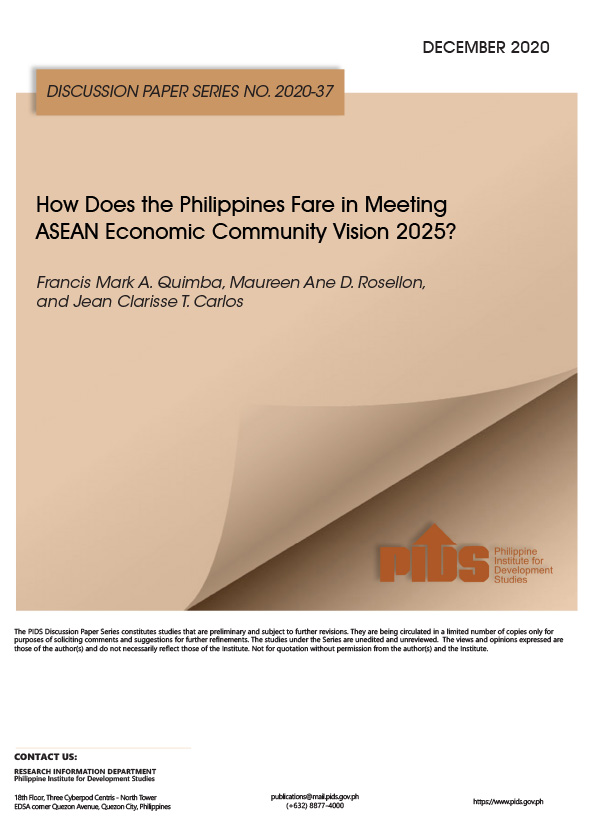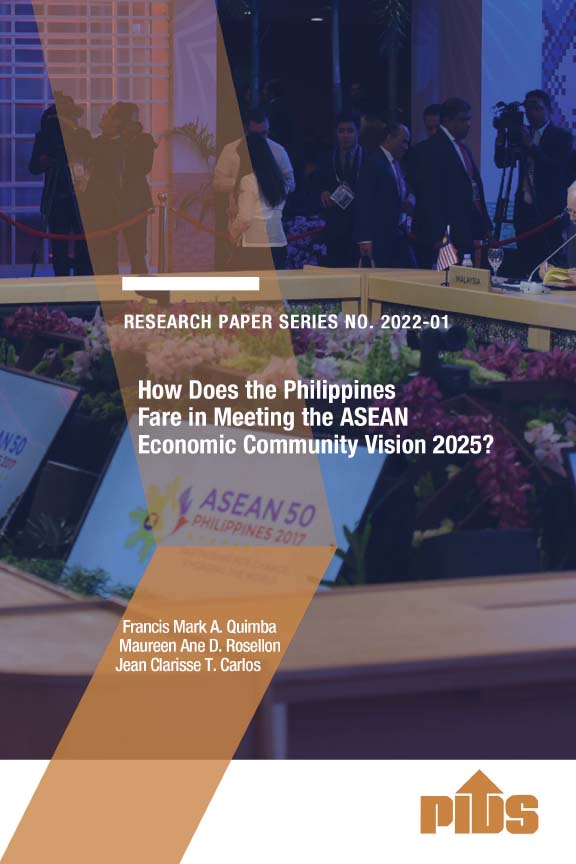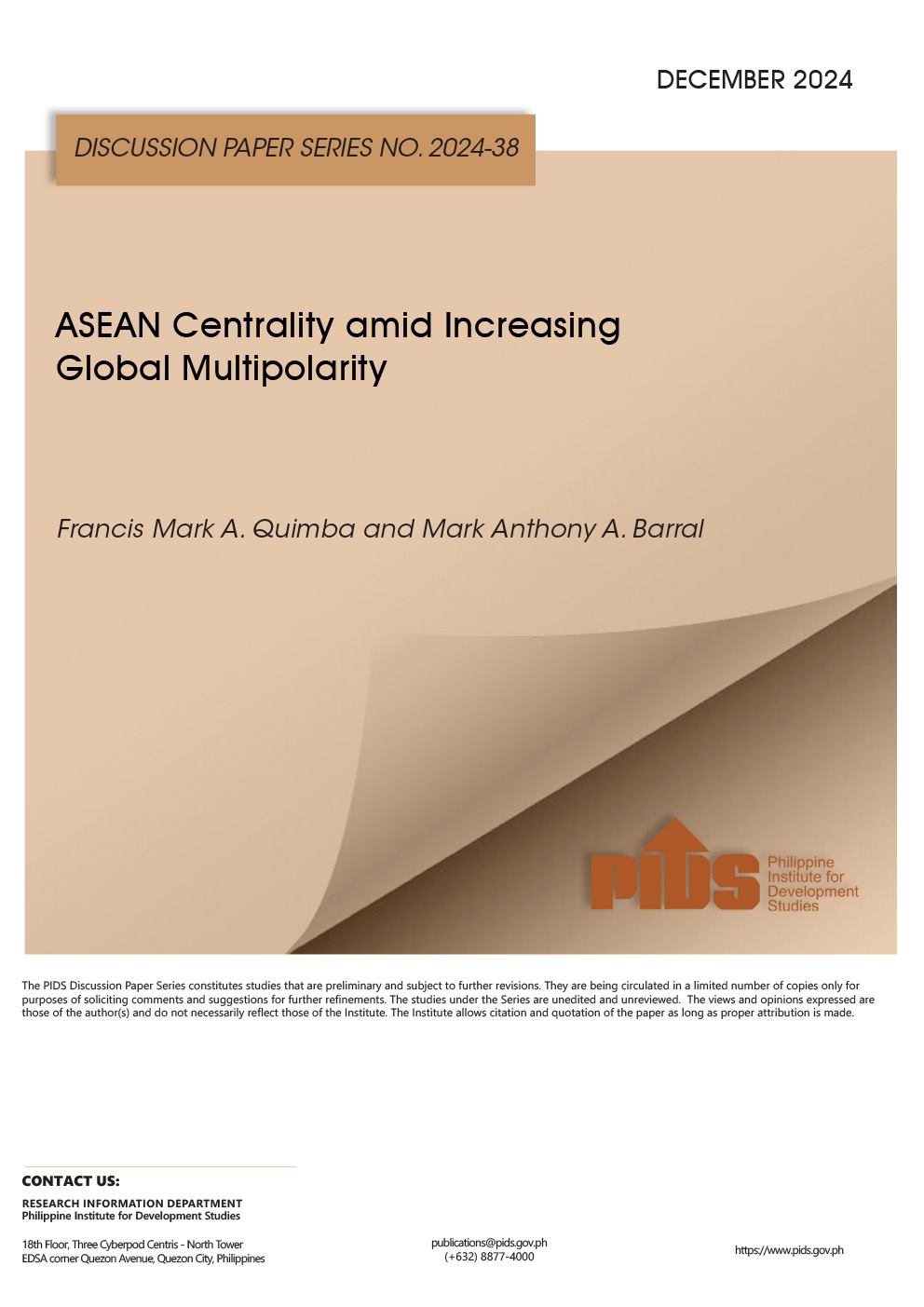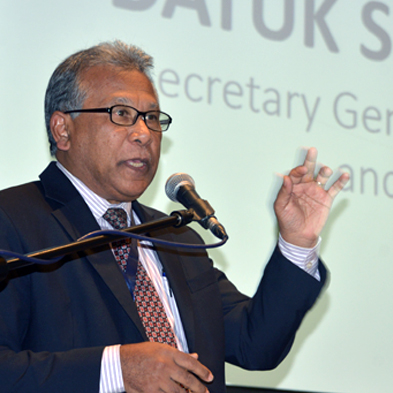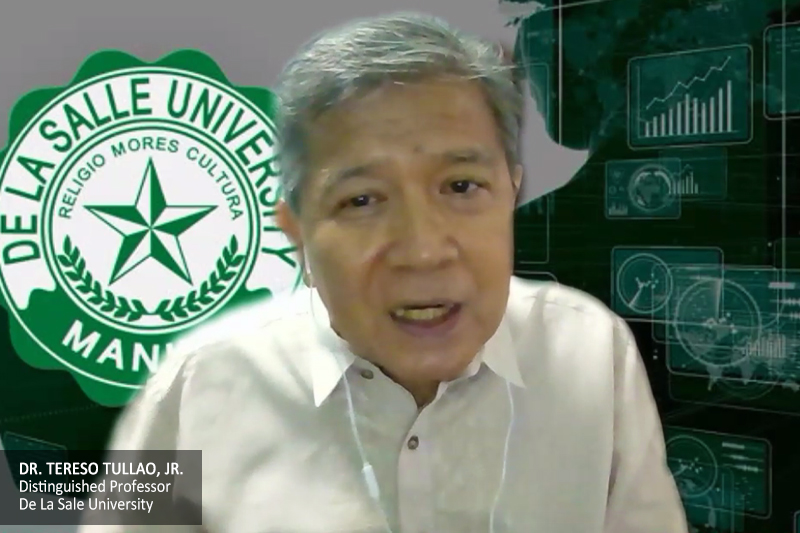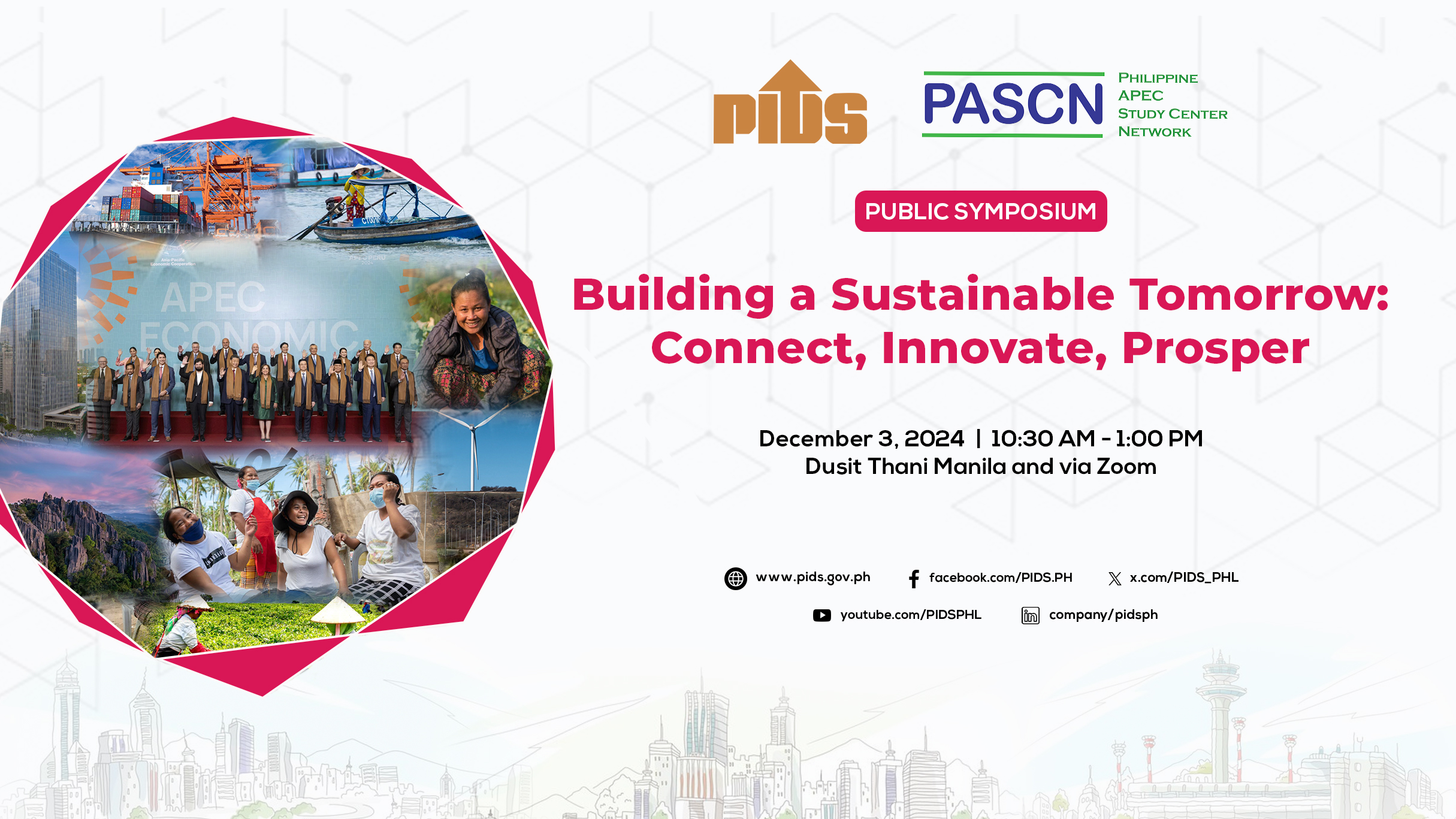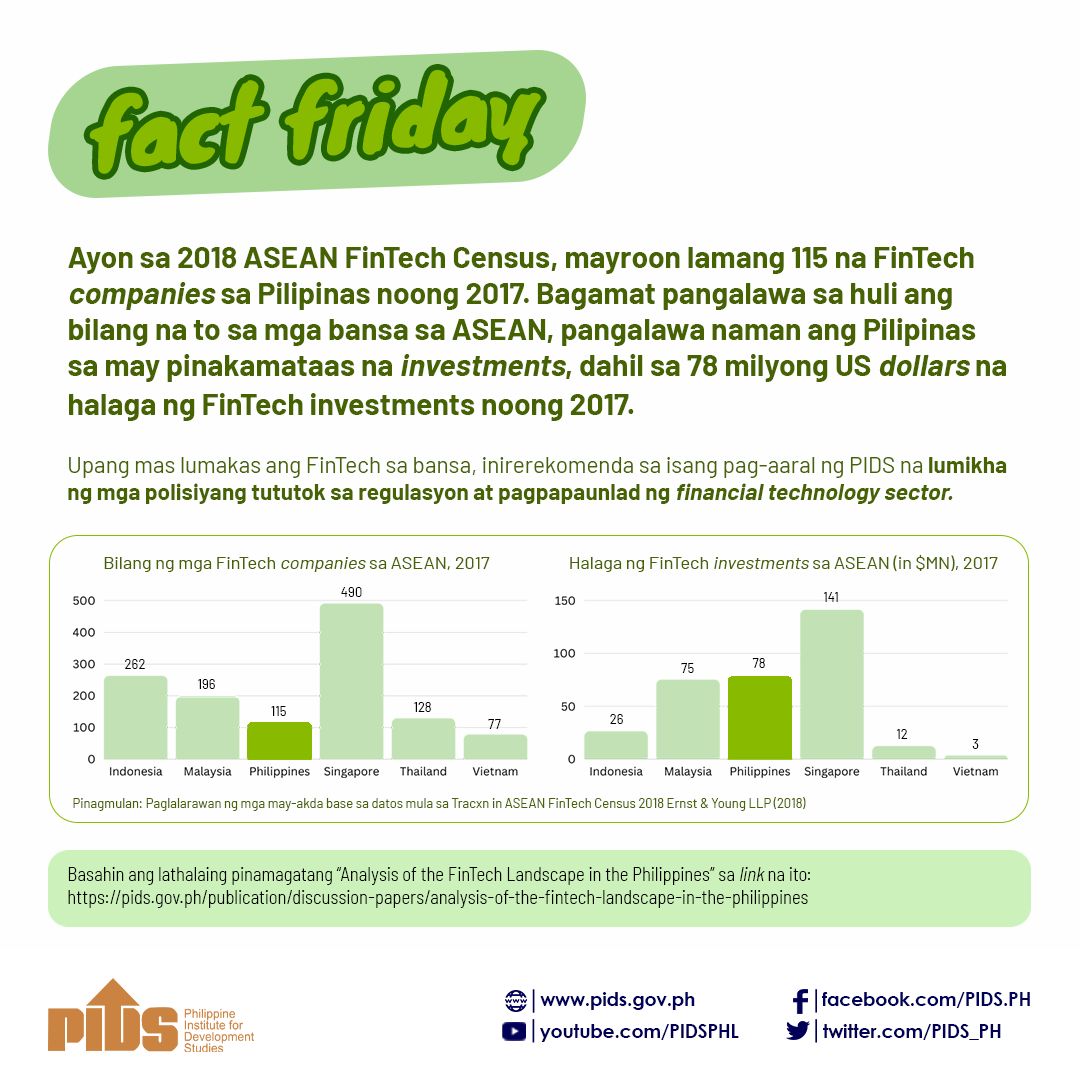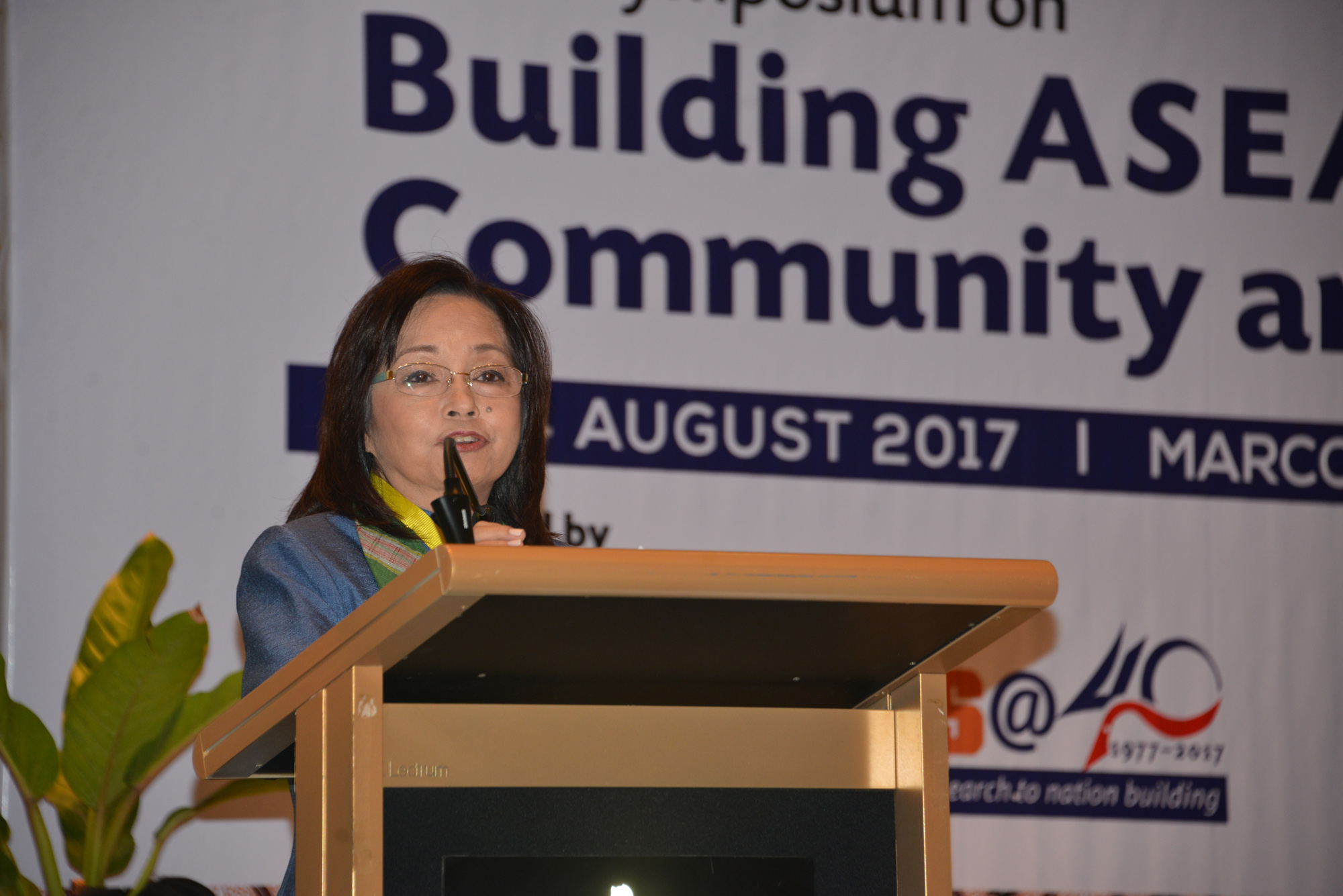
The 10 member-states of the Association of Southeast Asian Nations (ASEAN) need to have stronger socio-cultural ties to accelerate economic growth, social progress, and cultural development in the region.
At the public symposium on Building ASEAN Socio-Cultural Community and Nation Building held recently in Davao City, representatives from government, private sector, civil society, and academe concur that the ASEAN must prioritize the difficult and long-term socio-cultural issues confronting the region, such as the perennial problems of poverty and inequality, managing disasters, protection of the environment, and rising extremism, as part of ASEAN’s community-building efforts.
The symposium was organized by the Philippine Institute for Development Studies and Jakarta-based Economic Research Institute for ASEAN and East Asia (ERIA), in partnership with the Mindanao Development Authority (MinDA) and the ASEAN Society. In support of the 50th anniversary celebration of the ASEAN, the symposium aimed to increase understanding of the ASEAN Community vision and how the ASEAN member-states complement each other in terms of promoting socio-cultural development.
The ASEAN Socio-Cultural Community (ASCC) is one of the three pillars of the ASEAN Community. The ASCC, which is considered the least developed and most neglected pillar, focuses on nurturing the human, cultural, and natural resources. The other two are the ASEAN Political-Security Community and the ASEAN Economic Community.
Emphasizing the importance of ASCC in ASEAN development, former president and Pampanga Second District Representative Gloria Macapagal-Arroyo, in her keynote speech, stressed the need for ASEAN member-states to cooperate on the social sphere.
“It is not enough that we have economic integration. It is not even enough that we have security cooperation. The ASEAN Community must be built on a social agenda focused on poverty eradication and human development,” she emphasized.
Arroyo, who also served as secretary of social welfare in government, has been a strong advocate of the ASCC. It was in 2003, under her term as president, when the Philippines proposed the inclusion of the ASCC in the ASEAN Community framework. According to her, the push for establishing the ASCC was grounded on the idea that “Southeast Asia must be bonded together as a partnership of caring societies.”
In 2007, during the Philippines’ chairmanship of ASEAN, the summit adopted the theme, "One caring and sharing community", to highlight the importance of the socio-cultural dimension of the ASEAN integration. The Philippines pushed for the Cebu Declaration on the protection and promotion of the rights of migrant workers. This initiative, according to her, was met with resistance given the conflicting interests between the migrant sending and receiving economies in the ASEAN.
The Cebu Declaration directs the 10 ASEAN member-states to develop effective mechanisms to safeguard migrant workers, including an ASEAN instrument to protect and promote their rights. Ten years after the declaration, there is still no legally binding instrument or treaty to implement the commitment. However, Arroyo is hopeful that under the Philippines’ chairmanship of the ASEAN this year, the instrument to implement the Cebu Declaration will be finalized and signed in November during the ASEAN Leaders’ Summit.
Meanwhile, Prof. Hidetoshi Nishimura, president of ERIA, lauded ASEAN’s decision to include the ASCC as a major pillar of the ASEAN Community. He noted ASEAN’s emphasis on upholding cultural diversity and social harmony, which are at the core of the ASCC. According to Hidetoshi, this “was insightful and clearly different from the integration process of the European Union”.
“Mindful of the diversities among its member-states, ASEAN discovered the consensus-building approach [which] today is called the ‘ASEAN Way’. Despite their diverse cultures, languages, religions, and political systems, ASEAN has built peace and stability as a region and as a community in the past five decades,” Nishimura said.
The whole-day forum was filled with panel discussions and presentations on various topics, including education, social protection, the Brunei Darussalam-Indonesia-Malaysia-Philippines East ASEAN Growth Area, human rights, and peace and security.
In her closing remarks, PIDS Senior Research Fellow Erlinda Medalla, who represented PIDS President Gilberto Llanto, stressed the importance of instilling in the minds of ASEAN peoples the relevance of the association and regional integration in their lives. “This is where the role of strengthening the socio-cultural aspect of integration comes in. In a region where 10 diverse cultures come together to form a community, it is important that the people understand the beginnings and journey of ASEAN.”
Meanwhile, Secretary Datu Abul Khayr Alonto, chair of MinDA, called on ASEAN members to build stronger ties in order to move forward in “united steps in the midst of disputes and differences”.
Alonto also urged ASEAN peoples to take pride in the fact that they belong to a “culturally diverse yet united ASEAN”. He expressed his hope that the people in the region can work together gradually, creating an ASEAN consciousness that recognizes “Southeast Asian neighbors as more than just trading partners and political allies, but as partners for change and development.” ###
At the public symposium on Building ASEAN Socio-Cultural Community and Nation Building held recently in Davao City, representatives from government, private sector, civil society, and academe concur that the ASEAN must prioritize the difficult and long-term socio-cultural issues confronting the region, such as the perennial problems of poverty and inequality, managing disasters, protection of the environment, and rising extremism, as part of ASEAN’s community-building efforts.
The symposium was organized by the Philippine Institute for Development Studies and Jakarta-based Economic Research Institute for ASEAN and East Asia (ERIA), in partnership with the Mindanao Development Authority (MinDA) and the ASEAN Society. In support of the 50th anniversary celebration of the ASEAN, the symposium aimed to increase understanding of the ASEAN Community vision and how the ASEAN member-states complement each other in terms of promoting socio-cultural development.
The ASEAN Socio-Cultural Community (ASCC) is one of the three pillars of the ASEAN Community. The ASCC, which is considered the least developed and most neglected pillar, focuses on nurturing the human, cultural, and natural resources. The other two are the ASEAN Political-Security Community and the ASEAN Economic Community.
Emphasizing the importance of ASCC in ASEAN development, former president and Pampanga Second District Representative Gloria Macapagal-Arroyo, in her keynote speech, stressed the need for ASEAN member-states to cooperate on the social sphere.
“It is not enough that we have economic integration. It is not even enough that we have security cooperation. The ASEAN Community must be built on a social agenda focused on poverty eradication and human development,” she emphasized.
Arroyo, who also served as secretary of social welfare in government, has been a strong advocate of the ASCC. It was in 2003, under her term as president, when the Philippines proposed the inclusion of the ASCC in the ASEAN Community framework. According to her, the push for establishing the ASCC was grounded on the idea that “Southeast Asia must be bonded together as a partnership of caring societies.”
In 2007, during the Philippines’ chairmanship of ASEAN, the summit adopted the theme, "One caring and sharing community", to highlight the importance of the socio-cultural dimension of the ASEAN integration. The Philippines pushed for the Cebu Declaration on the protection and promotion of the rights of migrant workers. This initiative, according to her, was met with resistance given the conflicting interests between the migrant sending and receiving economies in the ASEAN.
The Cebu Declaration directs the 10 ASEAN member-states to develop effective mechanisms to safeguard migrant workers, including an ASEAN instrument to protect and promote their rights. Ten years after the declaration, there is still no legally binding instrument or treaty to implement the commitment. However, Arroyo is hopeful that under the Philippines’ chairmanship of the ASEAN this year, the instrument to implement the Cebu Declaration will be finalized and signed in November during the ASEAN Leaders’ Summit.
Meanwhile, Prof. Hidetoshi Nishimura, president of ERIA, lauded ASEAN’s decision to include the ASCC as a major pillar of the ASEAN Community. He noted ASEAN’s emphasis on upholding cultural diversity and social harmony, which are at the core of the ASCC. According to Hidetoshi, this “was insightful and clearly different from the integration process of the European Union”.
“Mindful of the diversities among its member-states, ASEAN discovered the consensus-building approach [which] today is called the ‘ASEAN Way’. Despite their diverse cultures, languages, religions, and political systems, ASEAN has built peace and stability as a region and as a community in the past five decades,” Nishimura said.
The whole-day forum was filled with panel discussions and presentations on various topics, including education, social protection, the Brunei Darussalam-Indonesia-Malaysia-Philippines East ASEAN Growth Area, human rights, and peace and security.
In her closing remarks, PIDS Senior Research Fellow Erlinda Medalla, who represented PIDS President Gilberto Llanto, stressed the importance of instilling in the minds of ASEAN peoples the relevance of the association and regional integration in their lives. “This is where the role of strengthening the socio-cultural aspect of integration comes in. In a region where 10 diverse cultures come together to form a community, it is important that the people understand the beginnings and journey of ASEAN.”
Meanwhile, Secretary Datu Abul Khayr Alonto, chair of MinDA, called on ASEAN members to build stronger ties in order to move forward in “united steps in the midst of disputes and differences”.
Alonto also urged ASEAN peoples to take pride in the fact that they belong to a “culturally diverse yet united ASEAN”. He expressed his hope that the people in the region can work together gradually, creating an ASEAN consciousness that recognizes “Southeast Asian neighbors as more than just trading partners and political allies, but as partners for change and development.” ###

